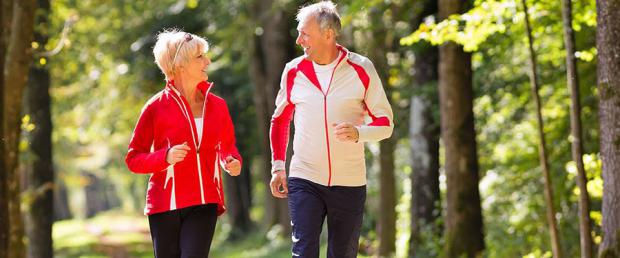
Breaking News
 Three Bob Ross Paintings Sold for $600,000 at Auction in Fundraiser for Public Television
Three Bob Ross Paintings Sold for $600,000 at Auction in Fundraiser for Public Television
 New Gel Regrows Dental Enamel–Which Humans Cannot Do–and Could Revolutionize Tooth Care
New Gel Regrows Dental Enamel–Which Humans Cannot Do–and Could Revolutionize Tooth Care
 Delta Airlines Treats Teens to Free 'Dream Flights' Inspiring Many to Become Pilots and Engi
Delta Airlines Treats Teens to Free 'Dream Flights' Inspiring Many to Become Pilots and Engi
 "Every reserve currency has COLLAPSED, the US dollar is next" We better buckle up!
"Every reserve currency has COLLAPSED, the US dollar is next" We better buckle up!
Top Tech News
 Blue Origin New Glenn 2 Next Launch and How Many Launches in 2026 and 2027
Blue Origin New Glenn 2 Next Launch and How Many Launches in 2026 and 2027
 China's thorium reactor aims to fuse power and parity
China's thorium reactor aims to fuse power and parity
 Ancient way to create penicillin, a medicine from ancient era
Ancient way to create penicillin, a medicine from ancient era
 Goodbye, Cavities? Scientists Just Found a Way to Regrow Tooth Enamel
Goodbye, Cavities? Scientists Just Found a Way to Regrow Tooth Enamel
 Scientists Say They've Figured Out How to Transcribe Your Thoughts From an MRI Scan
Scientists Say They've Figured Out How to Transcribe Your Thoughts From an MRI Scan
 SanDisk stuffed 1 TB of storage into the smallest Type-C thumb drive ever
SanDisk stuffed 1 TB of storage into the smallest Type-C thumb drive ever
 Calling Dr. Grok. Can AI Do Better than Your Primary Physician?
Calling Dr. Grok. Can AI Do Better than Your Primary Physician?
 HUGE 32kWh LiFePO4 DIY Battery w/ 628Ah Cells! 90 Minute Build
HUGE 32kWh LiFePO4 DIY Battery w/ 628Ah Cells! 90 Minute Build
 What Has Bitcoin Become 17 Years After Satoshi Nakamoto Published The Whitepaper?
What Has Bitcoin Become 17 Years After Satoshi Nakamoto Published The Whitepaper?
Reclaiming Strength and Rebuilding Lost Muscle

A study in the Journal of Cachexia, Sarcopenia, and Muscle revealed that just three days of simulated bed rest resulted in a more than 10 percent loss of muscle tissue and increased fatty infiltration of the muscle.
"Believe it or not, you can start losing significant muscle mass in just five days of inactivity," fitness and nutrition expert JJ Virgin told The Epoch Times. She noted that athletes can see the effects of reduced activity within about three weeks if they don't maintain their workout routines.
Everson A. Nunes, a postdoctoral fellow at McMaster University, noted the variability in muscle loss during inactivity. In an email to The Epoch Times, he said that healthy young individuals can lose about 0.8 percent of muscle per day during a week of leg immobilization.
Nunes said that the primary cause of atrophy is the lack of mechanical stimulus.
"Muscles, tendons, and bones need mechanical stress to maintain size, function, and proper turnover rates," he wrote. The key to healthy muscles, tendons, and bones is continuous breakdown and rebuilding.
Muscle loss can happen during extended periods of bed rest because of illness or injury, leading to disuse-induced atrophy.
"Disuse-induced atrophy will likely affect every person in his or her lifetime, and can be debilitating, especially in the elderly," Sue Bodine, who holds a doctorate in neuromuscular physiology, wrote.
"If you're sidelined due to an injury or stuck in bed, your muscles aren't getting the workout they need to stay strong," Virgin said. Without movement, muscles begin to degrade, resulting in a noticeable loss of strength and function.
Aging and Atrophy
Aging is a significant contributor to muscle atrophy. Our bodies naturally lose muscle mass and strength as we age, a process known as sarcopenia. This decline begins as early as age 30, with muscle mass decreasing by 3 percent to 8 percent per decade, and the rate of loss doubling at about age 60, making it even more challenging to maintain muscle health, according to Virgin.
Even more troubling is the loss of strength and power, occurring twice and three times the rate of muscle mass loss, respectively, according to Virgin. These changes can significantly impact daily activities and overall quality of life.

 Unbanked In A Connected World
Unbanked In A Connected World

